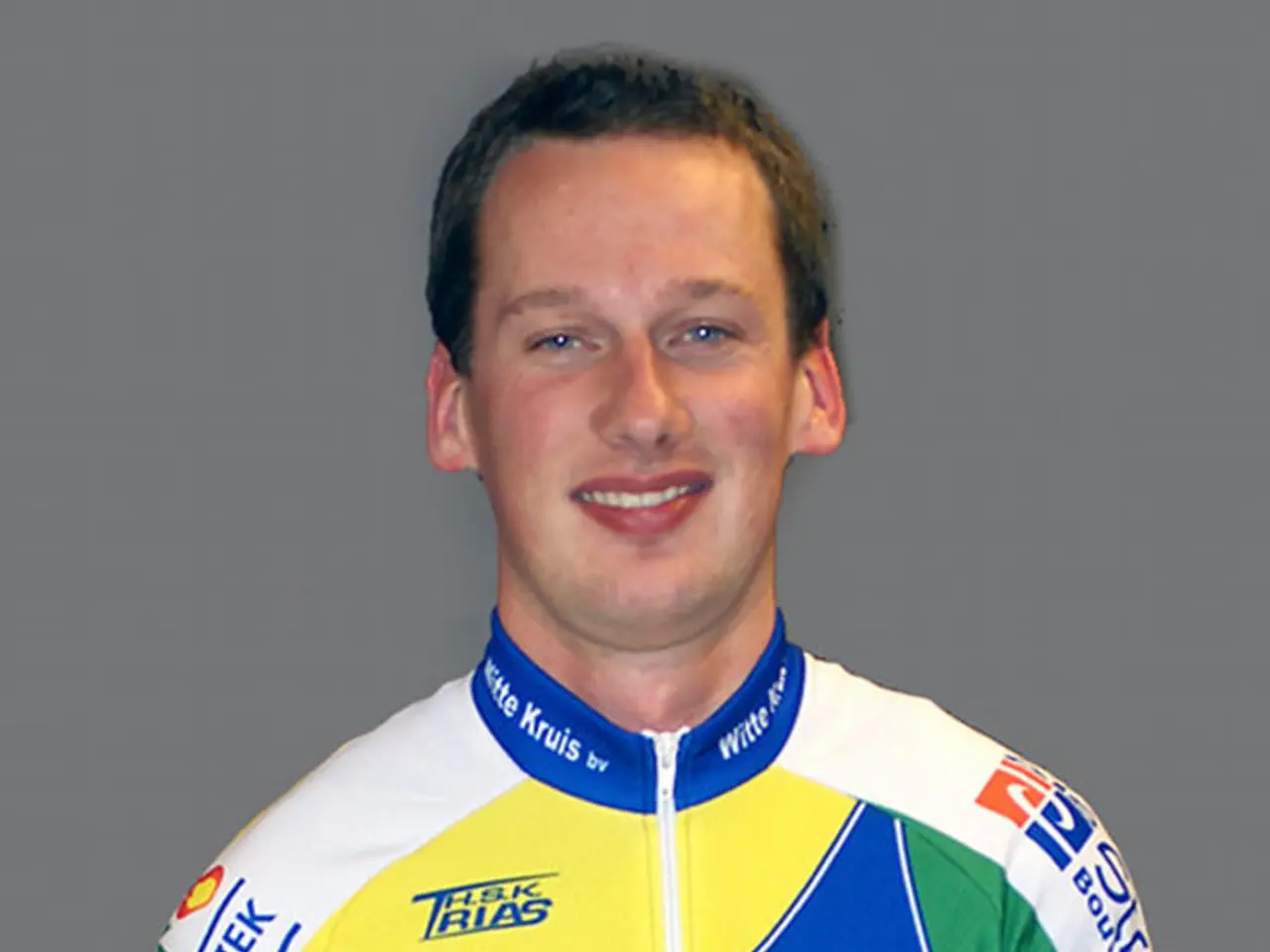Exploring the Scientific Foundations of Contemporary Athletic Rehabilitation Methods
In the world of sports and fitness, recovery is no longer just about rest. Modern techniques are transforming the way athletes and fitness enthusiasts rejuvenate their bodies, accelerating the healing process and enhancing performance.
Many athletes are incorporating Hyperbaric Oxygen Therapy (HBOT) into their regular training routines. This advanced recovery method delivers high-pressure oxygen to cells through the blood, accelerating the healing process of muscle injuries, swelling, and fatigue [1]. HBOT, together with regenerative therapies, has revolutionised sports recovery, leading to quick healing of wounds and rapid repair of muscles or tissues.
Regenerative therapies, currently used in sports recovery, are expected to become within reach of common people in the future. One such therapy is Platelet-Rich Plasma (PRP) therapy, which uses platelets extracted from the body's own blood to release growth factors that aid in healing, especially in problems like tendonitis, ligament injury, and joint pain [7].
Cryotherapy, keeping the body in extremely cold temperatures, is another popular modern recovery technique. It helps in reducing inflammation and pain, improving blood flow, and relieving muscle fatigue [2]. This brief exposure to extreme cold triggers vasoconstriction, flushing out inflammatory markers and boosting oxygen-rich blood flow upon rewarming, which accelerates tissue repair and reduces inflammation effectively [1].
Sports physiotherapy is foundational for injury rehab and performance enhancement. It uses targeted exercises, manual therapy (massage, joint mobilization), ultrasound, and electrical stimulation to restore movement, reduce pain, rebuild muscle strength, and improve flexibility [2][4][5]. Blood flow restriction training, integrated within modern physical therapy, helps accelerate strength gains by restricting blood flow in targeted limbs, enhancing muscle adaptation [4].
Dry needling targets muscle trigger points to relieve tension and improve tissue mobility, contributing to faster recovery [4]. Red light therapy, another modern recovery method, aids cellular repair and has benefits reaching cognitive recovery and even neuroprotection [3].
IV therapy can provide direct nutrient replenishment to support recovery. Together, these modalities form a holistic, science-backed toolkit that not only addresses acute injury and inflammation but also supports long-term athlete health, performance sustainability, and faster return to activity.
The future of sports recovery is becoming more personalized, designed based on an individual's lifestyle, genetics, and activity level. Proper recovery can increase muscle strength and reduce the chances of injury. Modern sports recovery aims to bring the body back to its original strength and balance, not just providing rest.
These modern recovery techniques can be beneficial for anyone leading an active lifestyle, whether running, going to the gym, or playing with family. The combination of traditional physiotherapy and advanced medical technologies reflects the evolving landscape of sports recovery focused on precise, personalized treatment plans [2][4][5].
References:
[1] Cryotherapy for Sports Recovery. (n.d.). Retrieved from https://www.ncbi.nlm.nih.gov/pmc/articles/PMC5893845/
[2] Sports Physiotherapy. (n.d.). Retrieved from https://www.ncbi.nlm.nih.gov/books/NBK470320/
[3] Red Light Therapy for Brain Health. (n.d.). Retrieved from https://www.ncbi.nlm.nih.gov/pmc/articles/PMC5884215/
[4] Blood Flow Restriction Training. (n.d.). Retrieved from https://www.ncbi.nlm.nih.gov/pmc/articles/PMC5827509/
[5] Dry Needling. (n.d.). Retrieved from https://www.ncbi.nlm.nih.gov/books/NBK470320/
[6] Hyperbaric Oxygen Therapy. (n.d.). Retrieved from https://www.ncbi.nlm.nih.gov/books/NBK519394/
[7] Platelet-Rich Plasma (PRP) Therapy. (n.d.). Retrieved from https://www.ncbi.nlm.nih.gov/books/NBK470320/
- "Incorporating science-based techniques like Hyperbaric Oxygen Therapy (HBOT) and Platelet-Rich Plasma (PRP) therapy, as well as others such as cryotherapy and red light therapy, promises to revolutionize health-and-wellness beyond just athletes, benefiting those leading an active lifestyle who seek quicker healing from medical-conditions like tendonitis, ligament injury, or joint pain."
- "The future of health-and-wellness is expected to see therapies and treatments like these become more accessible to the general public, providing support for fitness-and-exercise recovery, accelerating the healing process, and enhancing overall performance."




